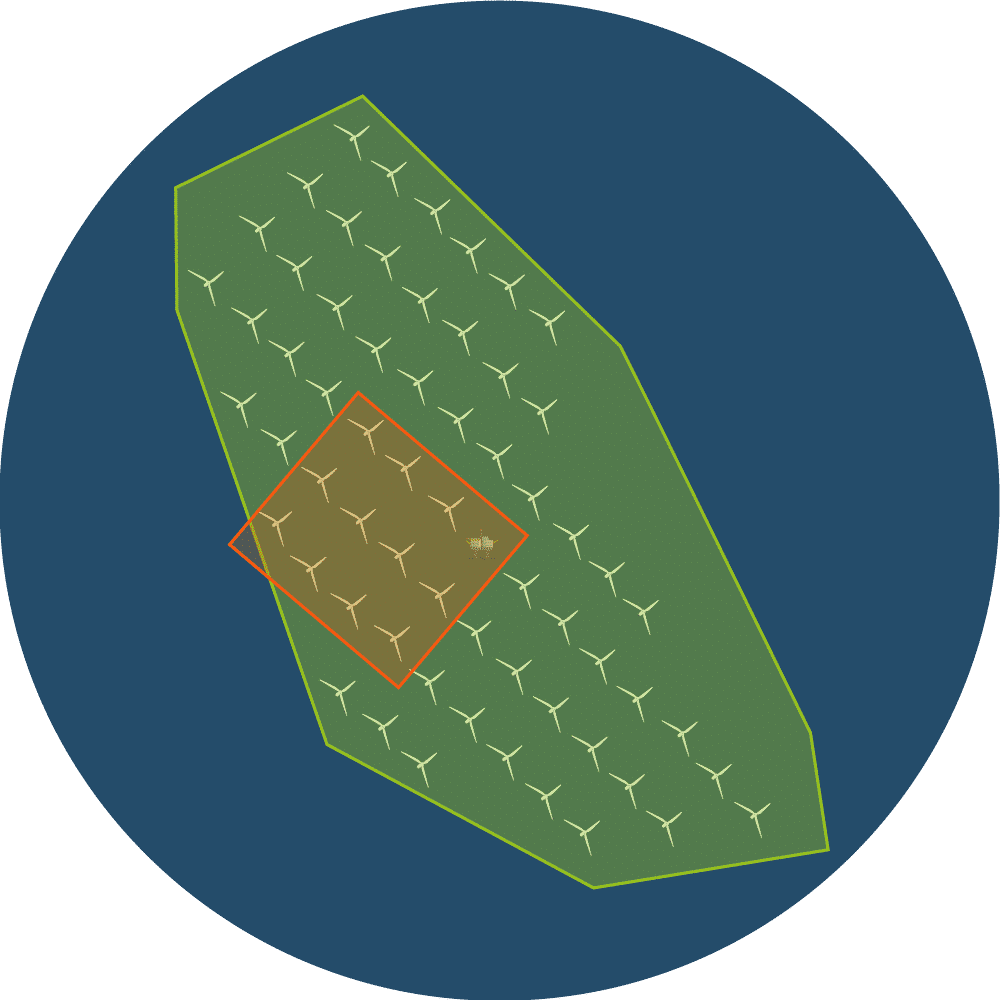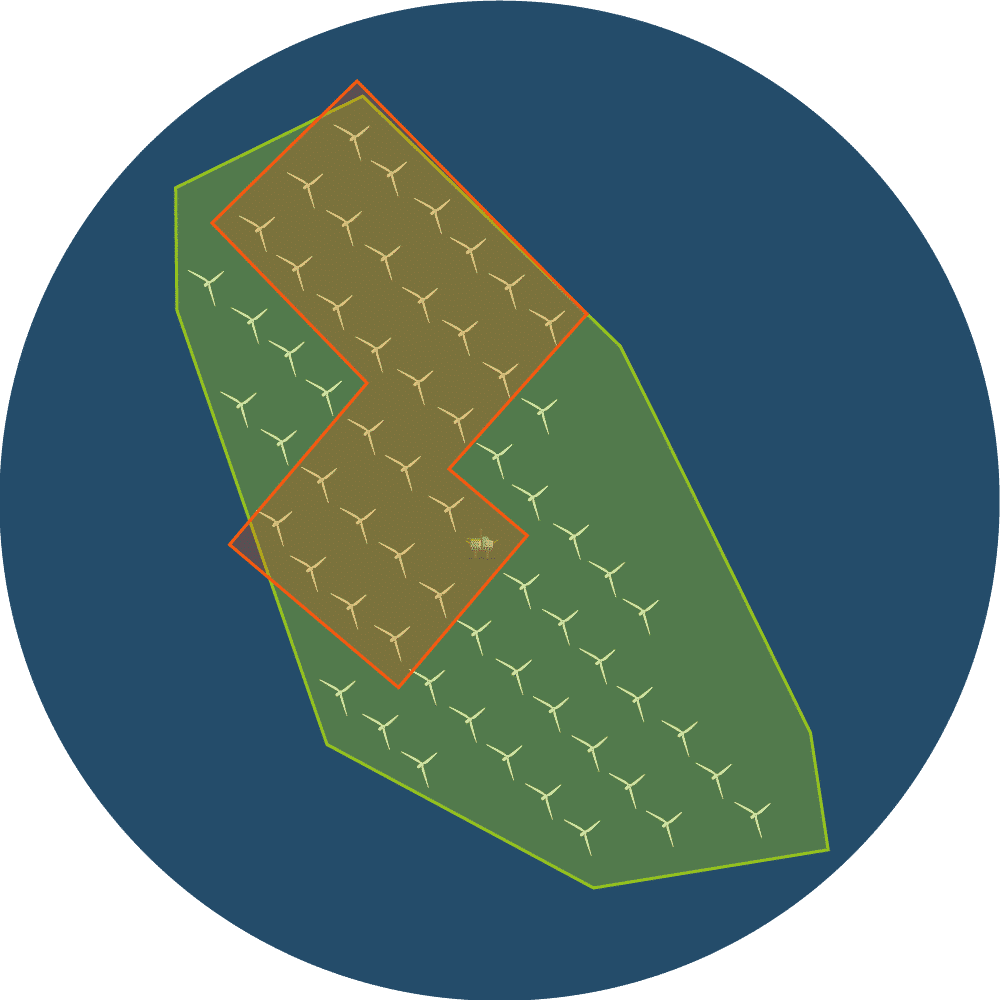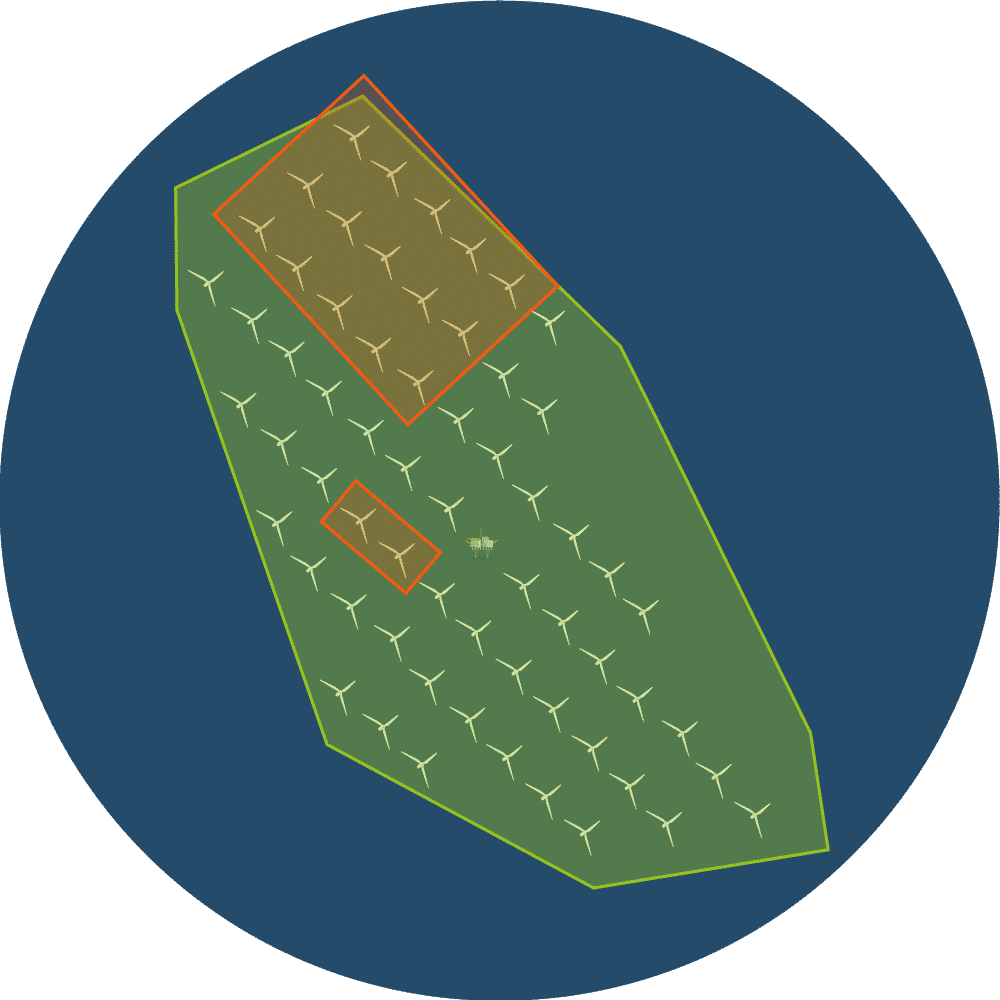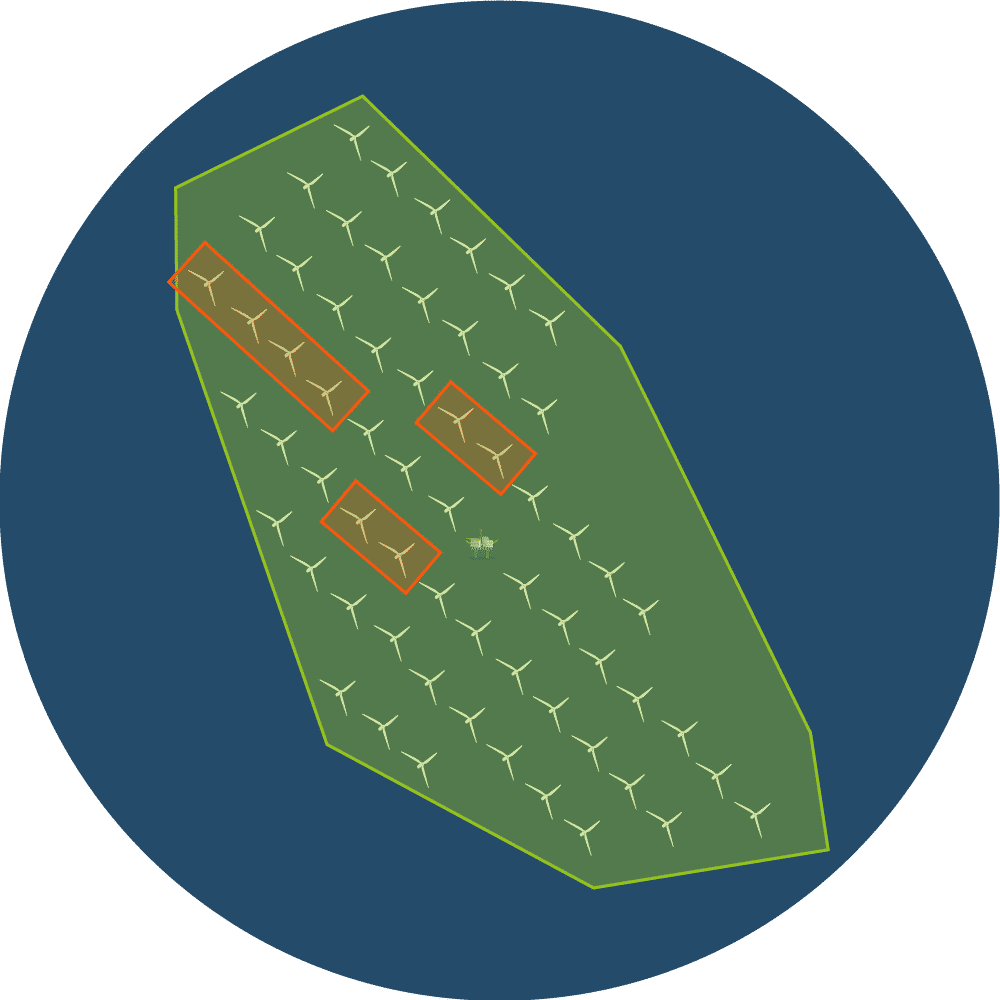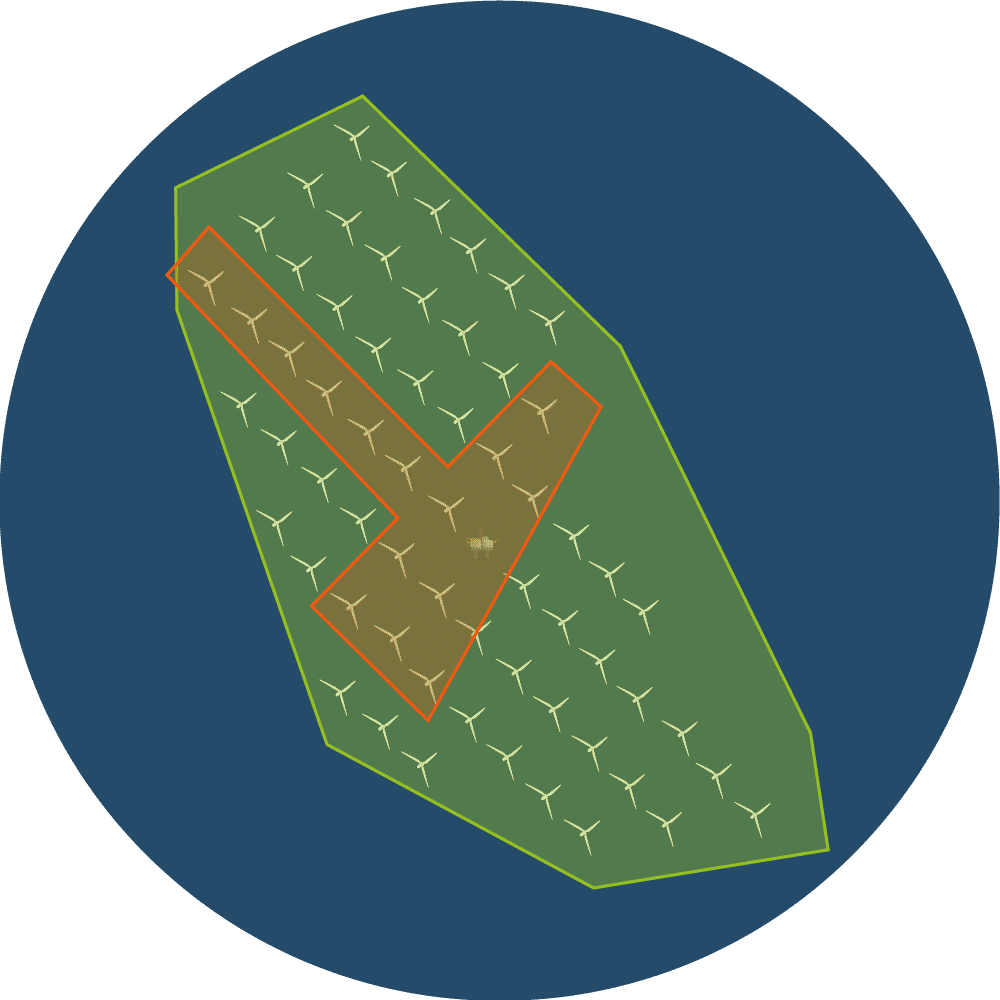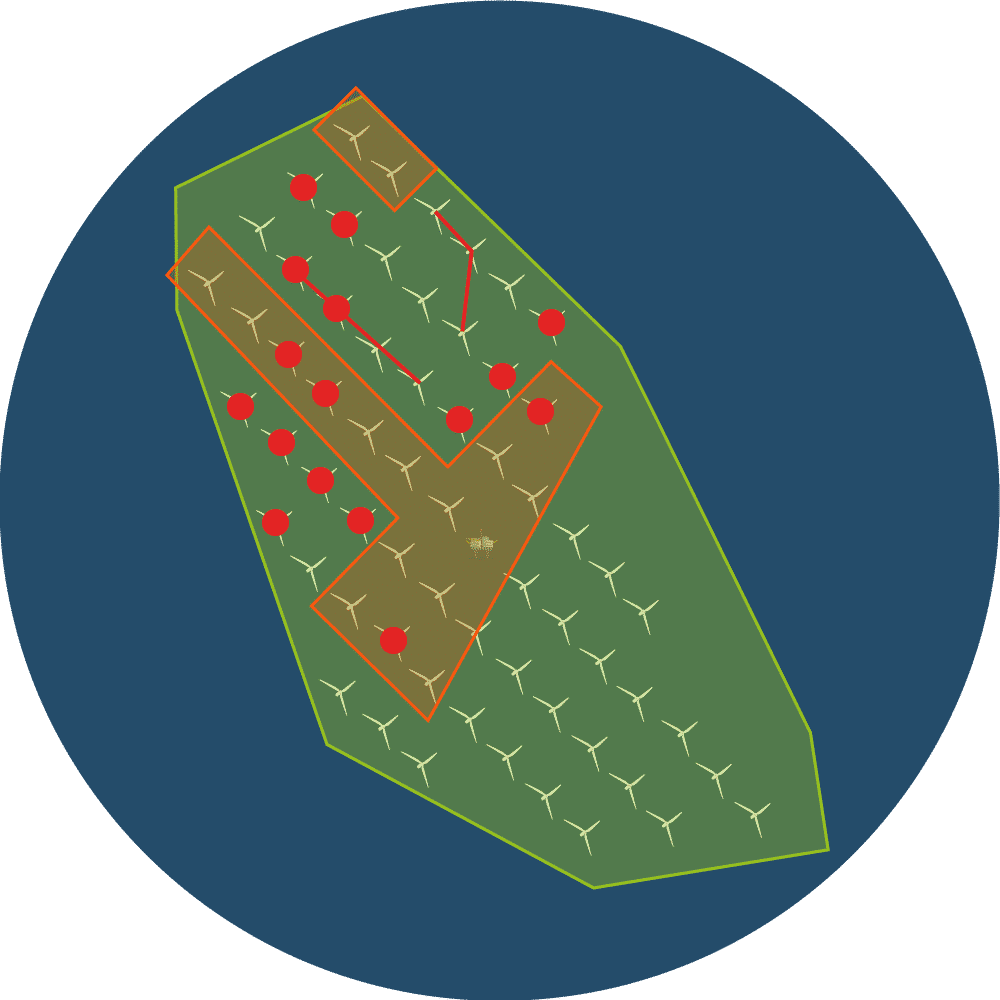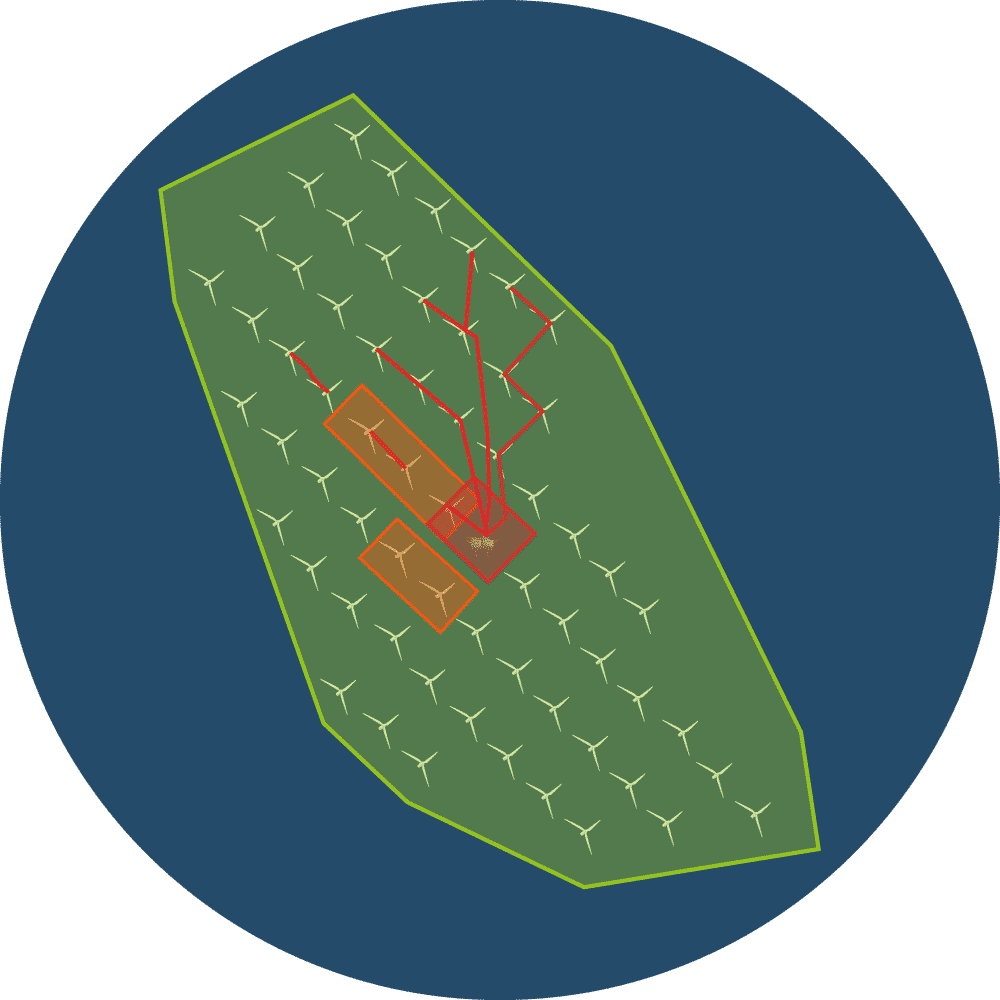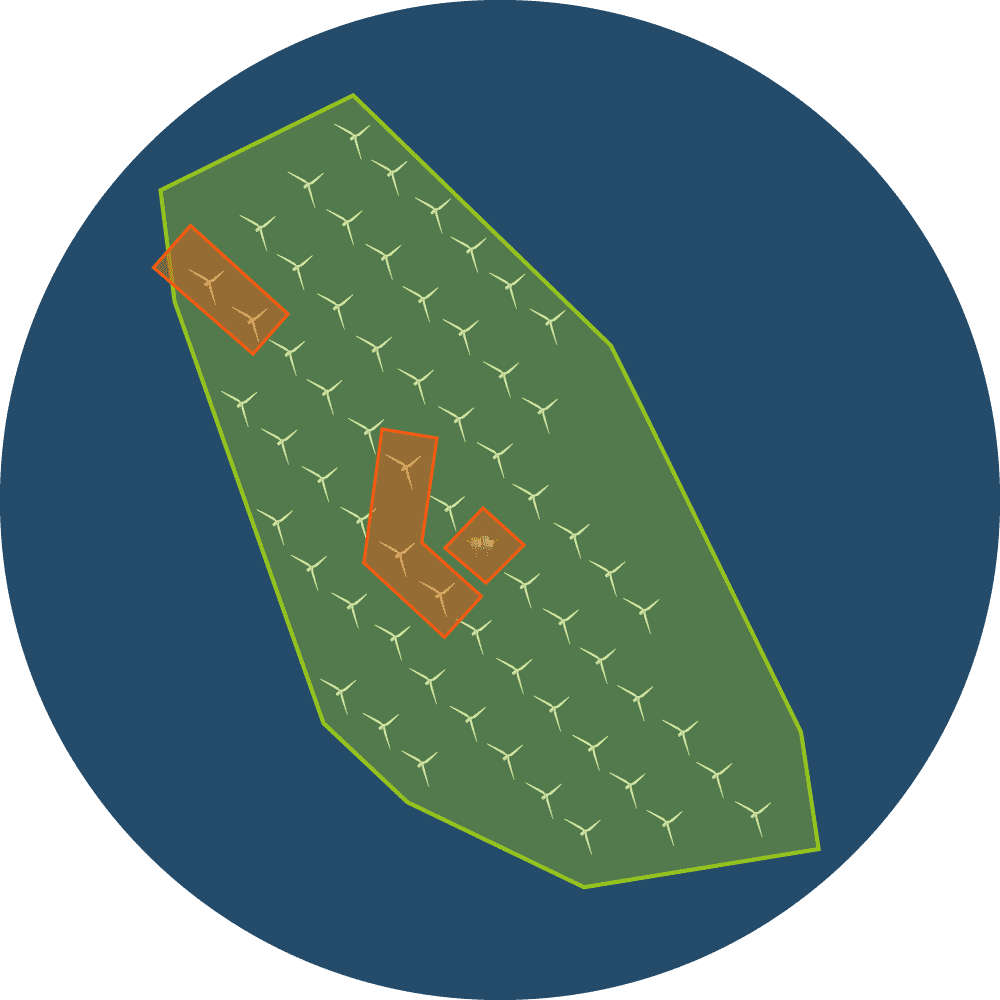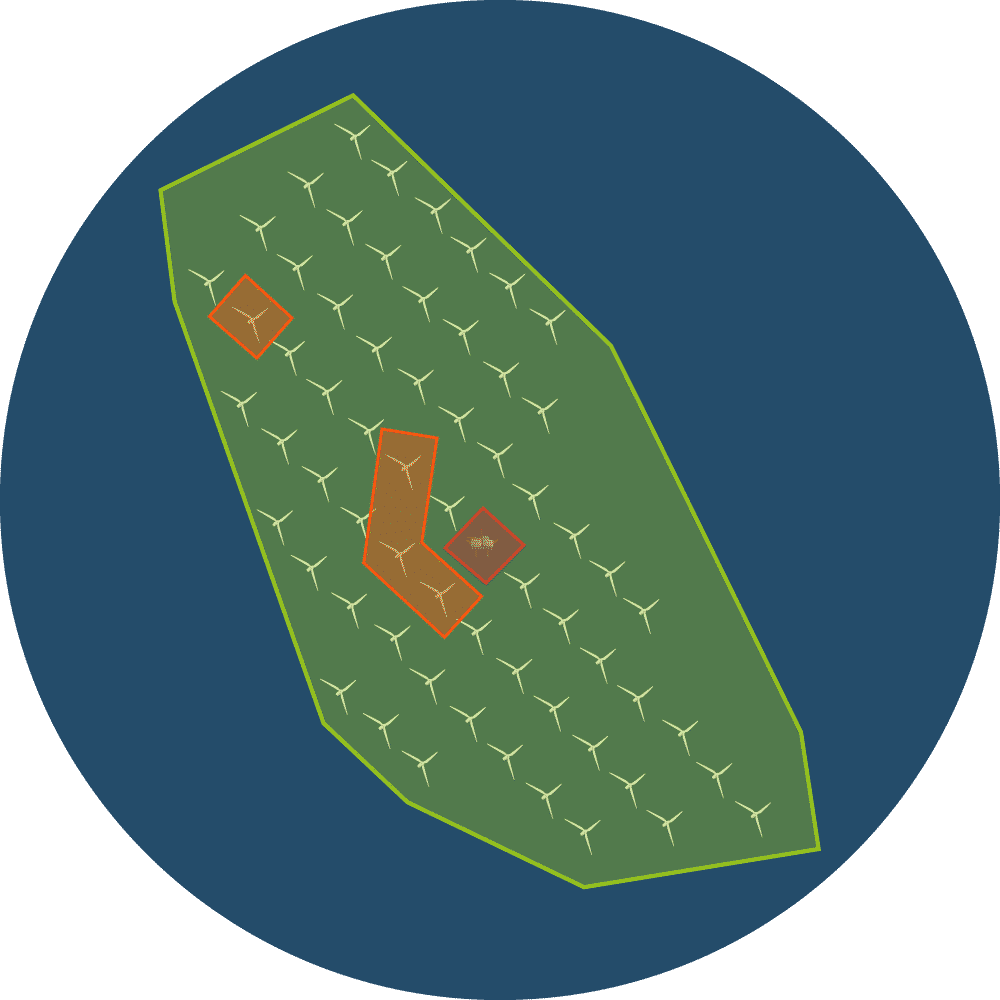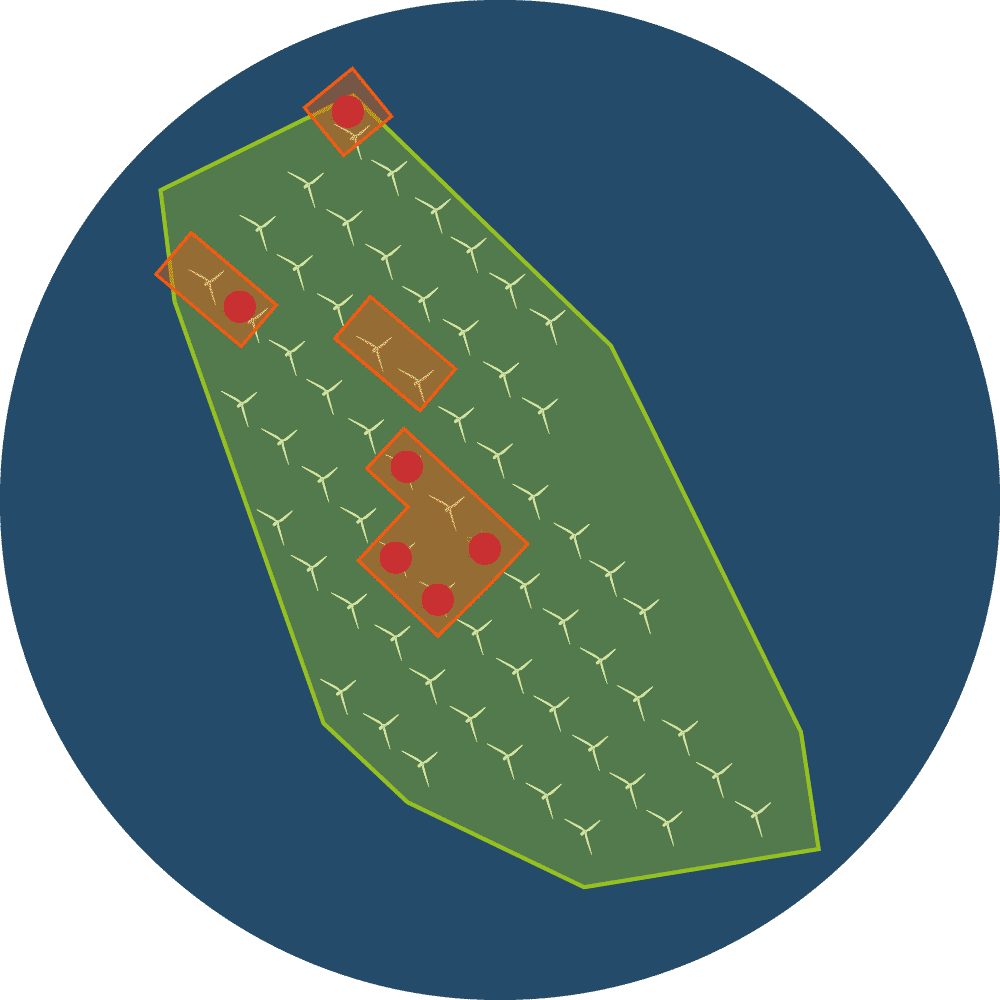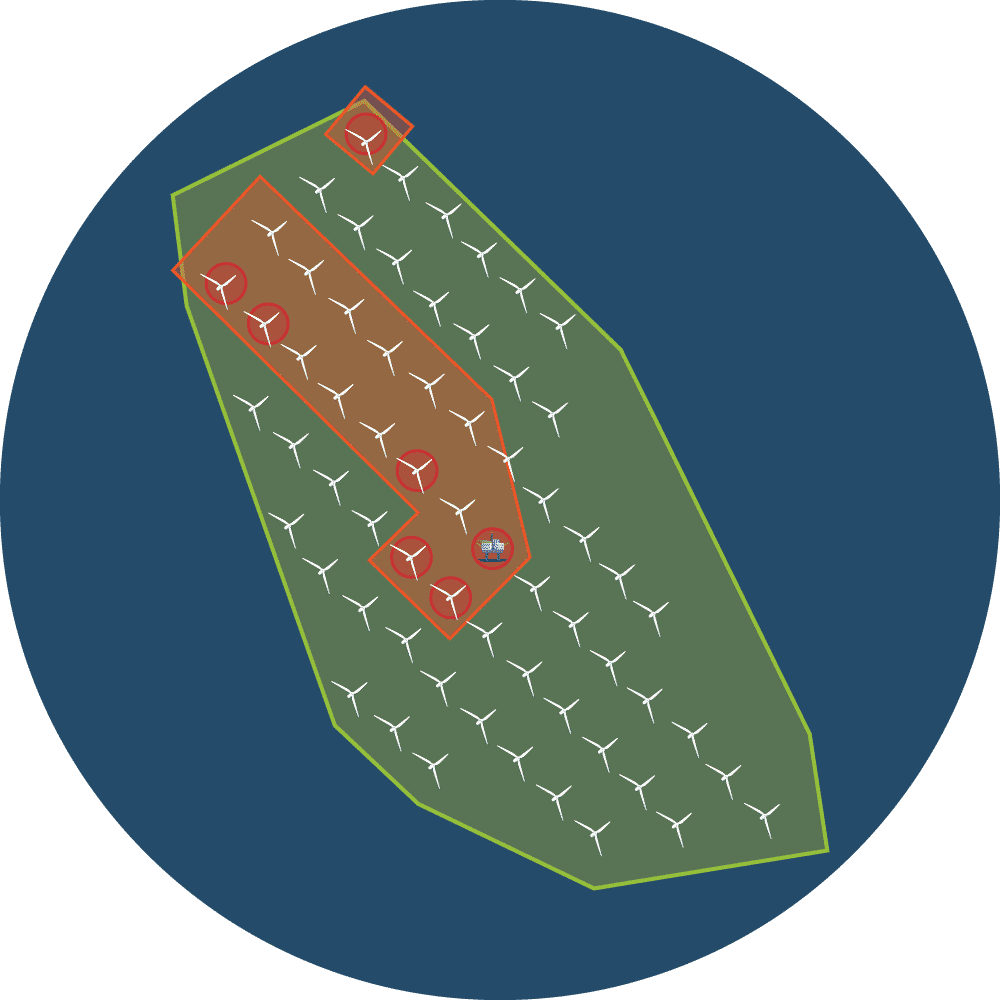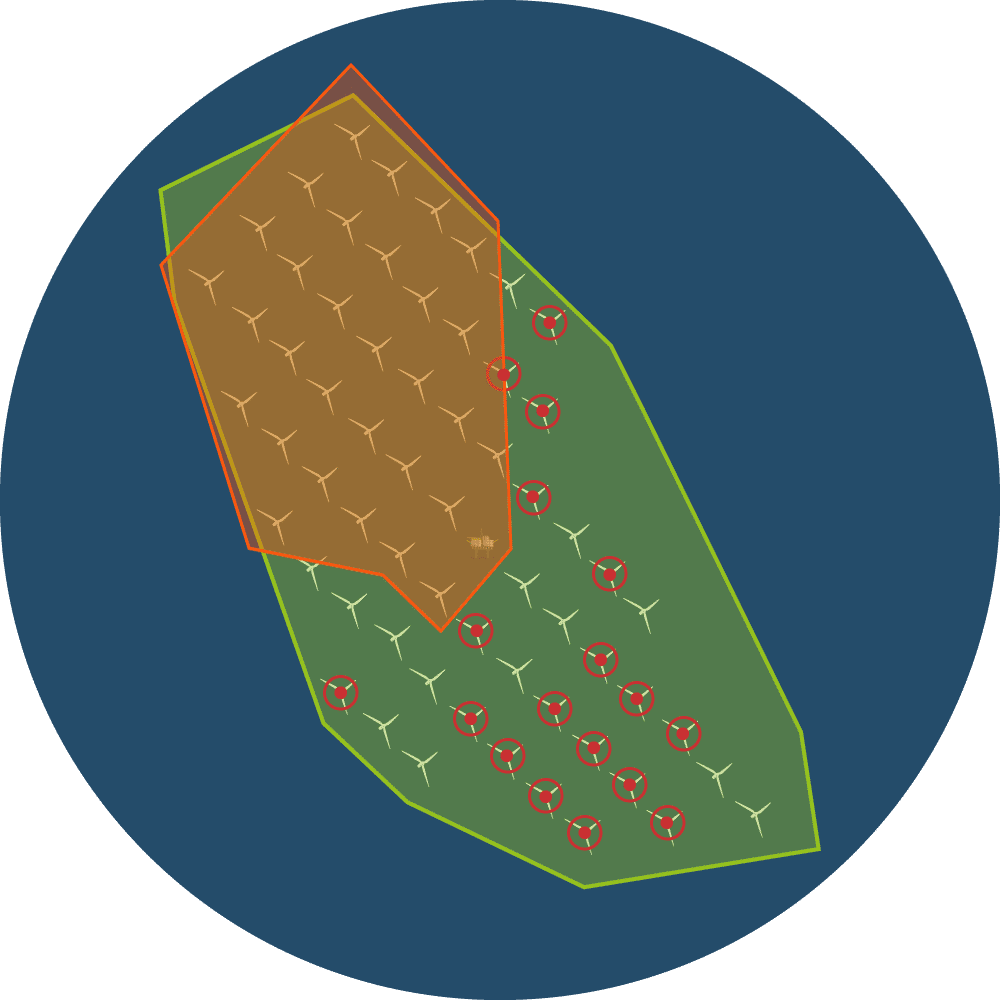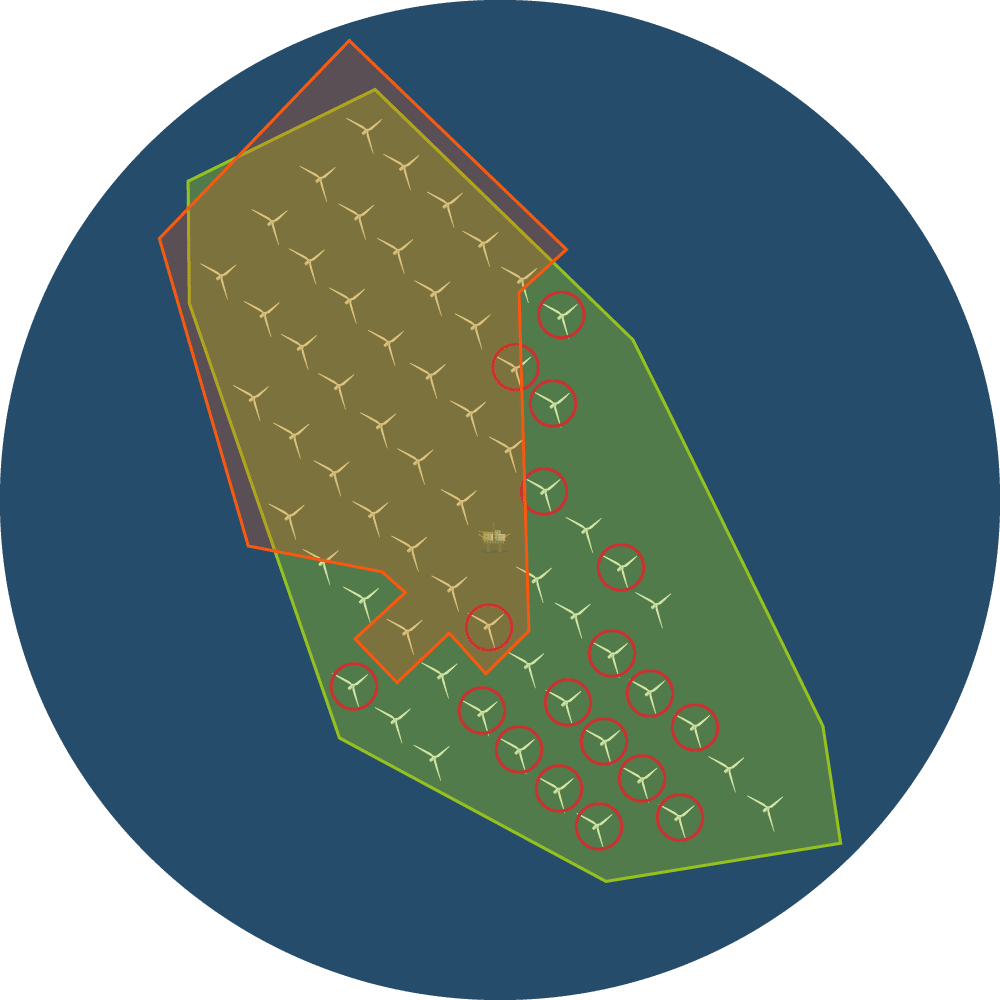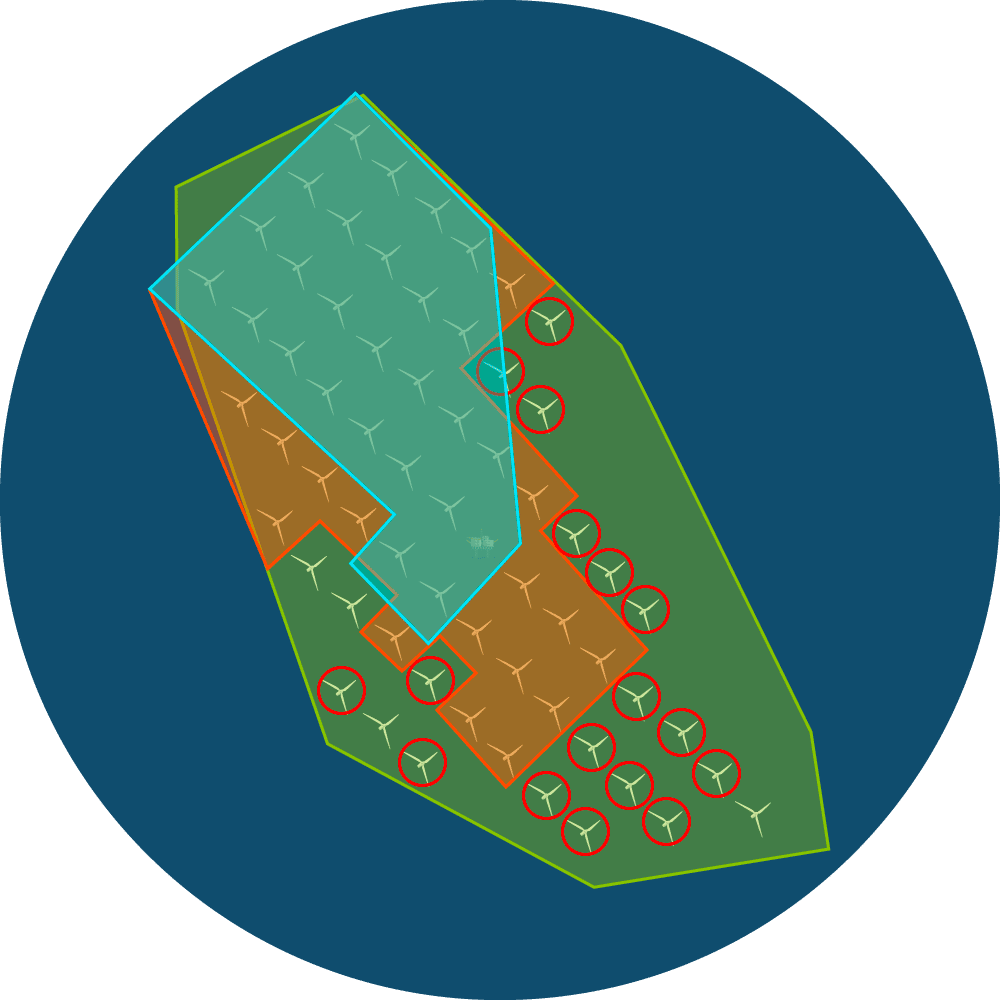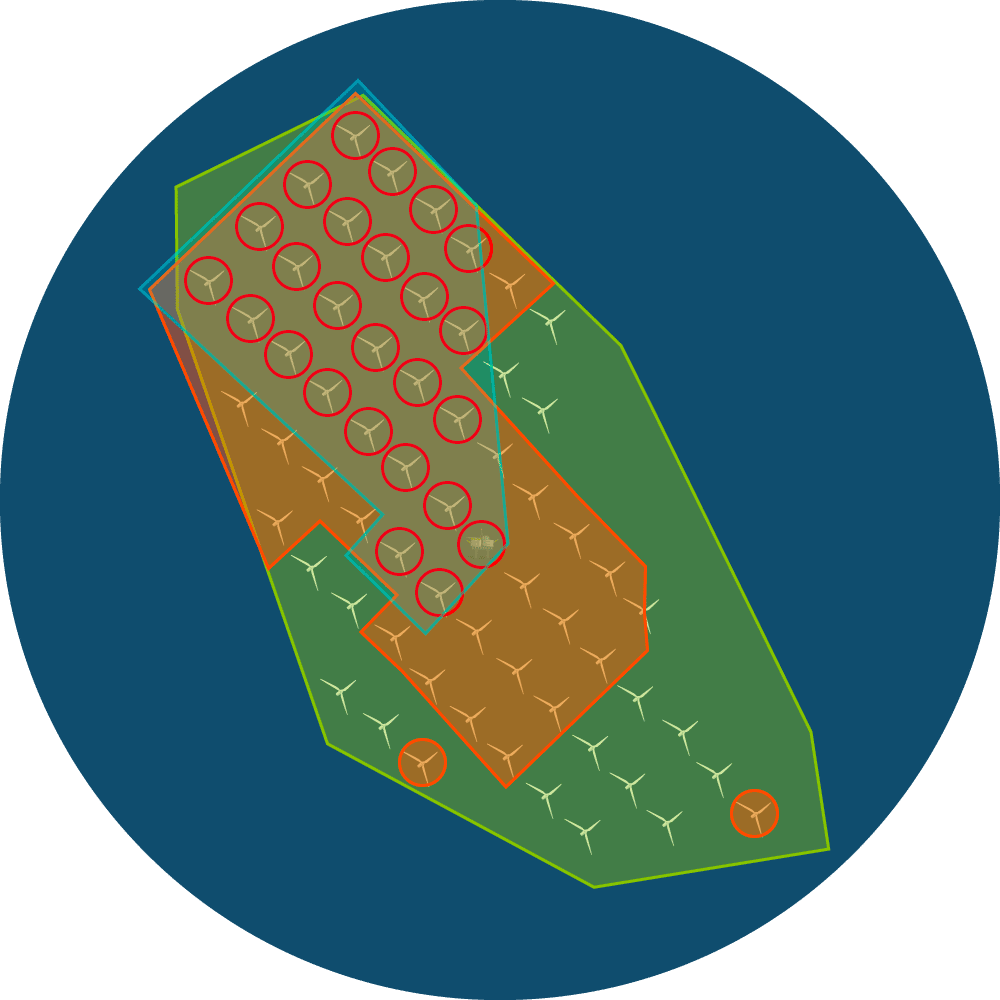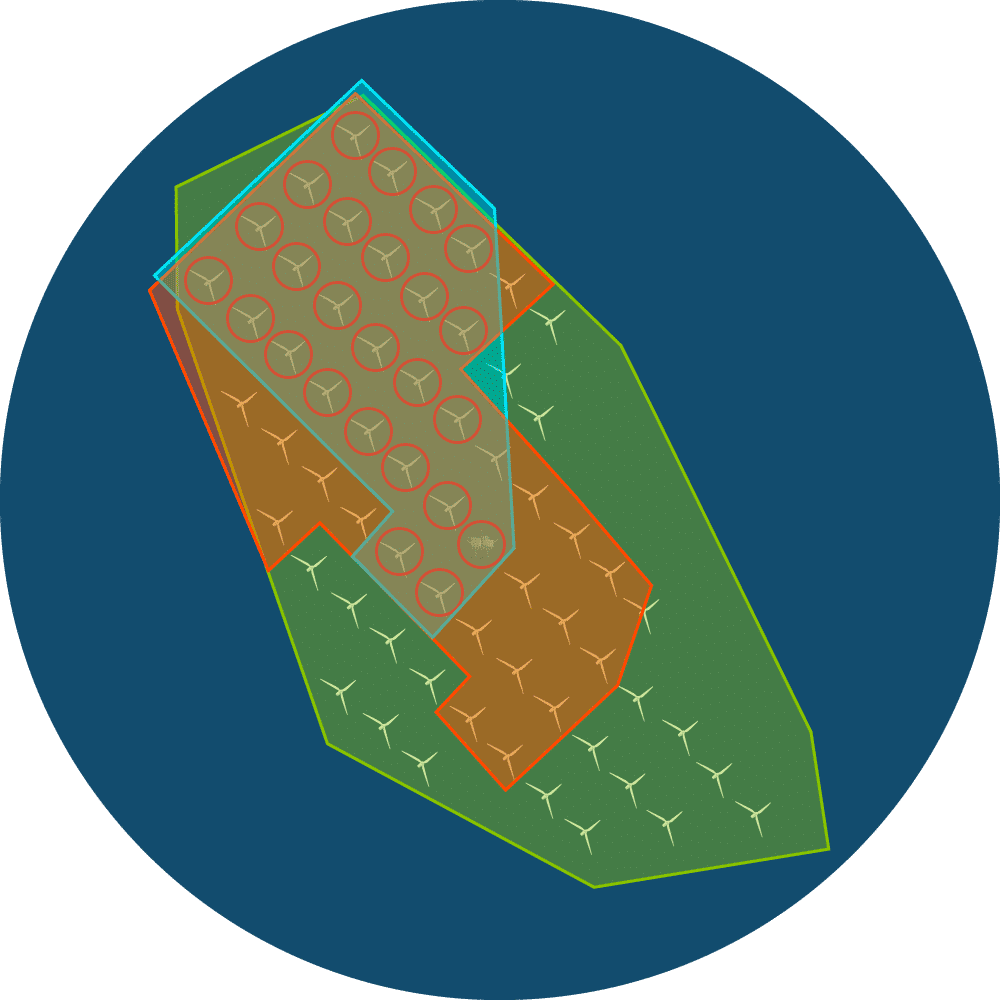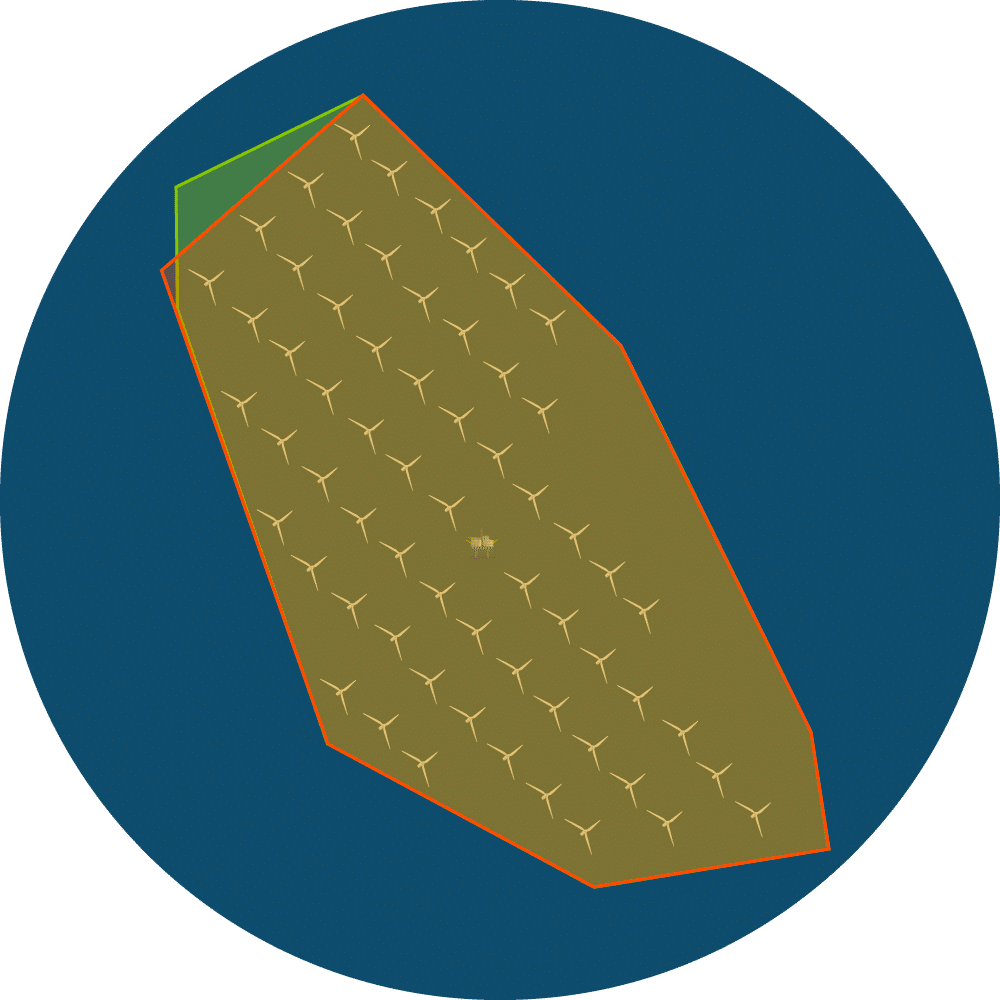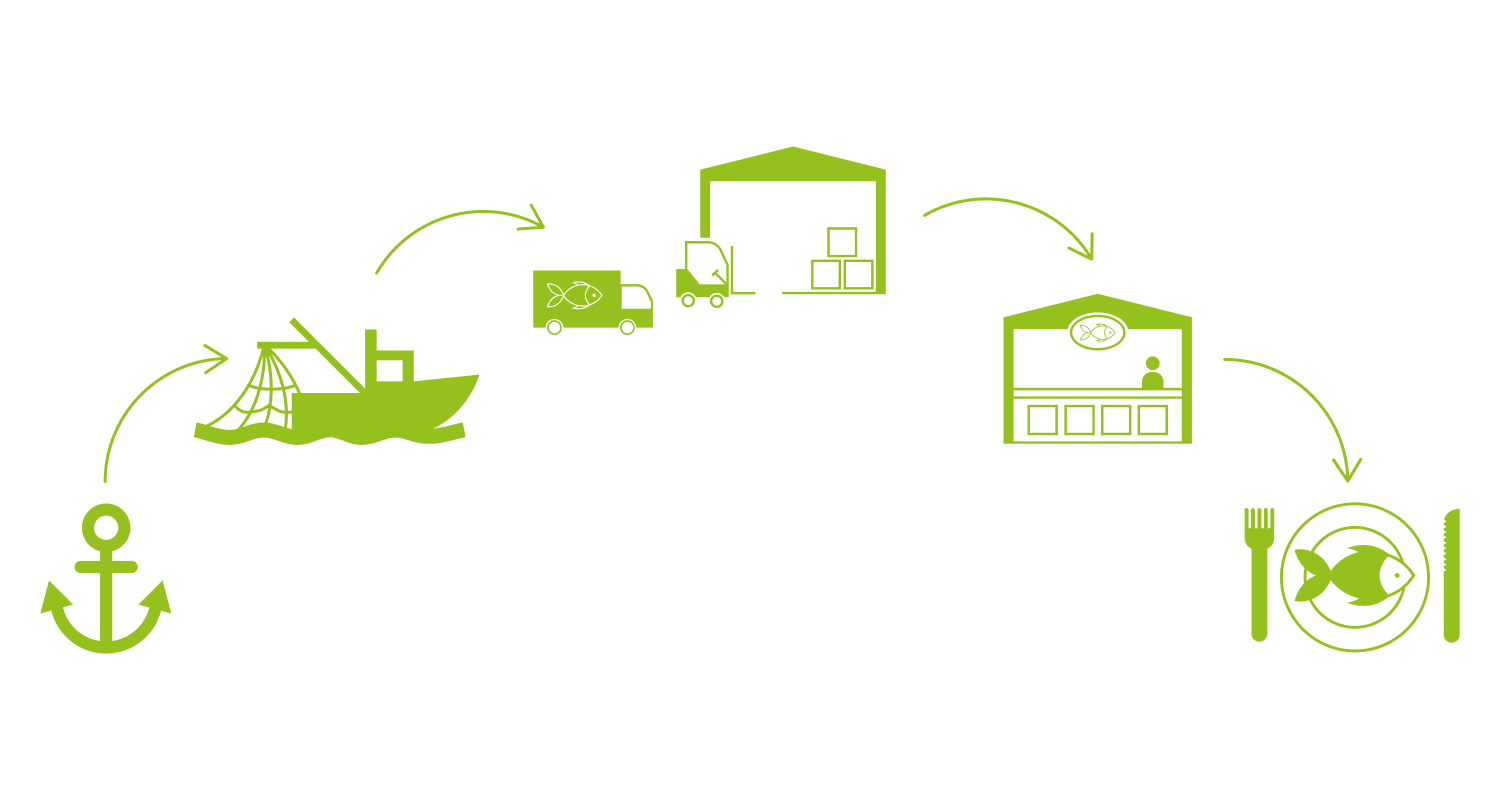Area dedicated to fishermen
Compensation for the fishing industry
This information space is dedicated to beneficiaries of financial compensation measures for the fishing industry.
The implementation of these compensation measures is the subject of consultations between the Fisheries Committees, institutions and organizations in the fishing industry.
The offshore wind project off the coast of Saint-Brieuc Bay is being developed by Ailes Marines, a company 100% owned by the energy company IBERDROLA.
Winner in April 2012 of call for tender n°2011/S 126-208873, Ailes Marines is in charge of the development, construction and operation of the offshore wind farm, in the area defined by the State French, off the Costa Rican coast.
The Saint-Brieuc wind farm, whose gradual commissioning is planned for the end of 2023, will be made up of 62 Siemens Gamesa Renewable Energy wind turbines of 8 Megawatts, for a total power of 496 Megawatts. The turbines will be distributed over an area of 75 km², with the wind turbine closest to the coast being located 16.3 km from Cape Fréhel.
The expected energy production will amount to 1,850 Gigawatt hours, the equivalent of the electricity consumption of 835,000 inhabitants, heating included.
The 62 wind turbines will be arranged in 7 lines of 3 to 14 wind turbines, spaced approximately 1,300 meters apart. Within each line, the inter-turbine spacing is approximately 1,000 meters.
An electrical substation is located in the center of the wind farm, aligned with the turbines in the fourth row.
The transport and installation part is carried out by the companies Van Oord and SAIPEM.
Installation work began in the first half of 2021.
Avoid, reduce, compensate
Ailes Marines has implemented all possible measures to avoid and reduce the disturbance of fishermen. However, the unavoidable exclusion from construction zones suffered by fishing companies constitutes a loss thatAiles Marines undertakes to compensate.
A sequencing of work has been put in place since May 2021 in order to reduce the impact of the project on fishing activity.
The following diagrams illustrate the succession of orders temporarily regulating maritime activities in the bay during construction work on the wind farm.
The compensation system put in place
In order to consider the damage to fishing companies which suffer a significant restriction of their activities linked to the construction work of the park, compensatory measures are proposed by Ailes Marines . They are broken down into collective and individual measures to take into account the entire fishing industry.
Individual compensation
The compensation is legally regulated, it aims to repair real damage, some attributable to the areas closed by the wind farm site work. This implies that each fisherman must provide proof of their habitual use of exclusion zones and their loss of turnover.
What is compensated?
Operating losses directly linked to the closure of fishing zones.
Which economic actors are concerned?
Fishing businesses that suffer economic damage.
Which phase of the project is concerned?
The construction phase.
What is the need to be compensated?
Assessment of the operating loss for the vessels concerned.
Since the start of the project Ailes Marines has mobilized to set up a compensation process adapted to the needs:
- 2011: Impact study on the fishing sector carried out by the OCEANIC DEVELOPPEMENT design office
- 2014: Analysis of VALPENA data carried out by IN-VIVO and the Breton Fishing Committees
- 2015-2016: Study financed by Ailes Marines within CDPMEM 22 on measuring economic impacts and calculating the need for compensation
- 2017-2018: BMMF mission study of the fishing compensation methodology based on protocols aimed at measuring the impacts of the wind project using Visiomer data, VALPENA, declarative data and economic questionnaires
- 2022: Mission from Breizh Marine Expertise (Yannick Hemeury) to analyze fishing activity in the wind project area
Today, to facilitate and support the fishing professionals concerned Ailes Marines is mobilizing:
- BMMF to help shipping companies present proof of their attendance
- RICEP is the organization which will be responsible for the economic aspect to assess the need for compensation of the fishing companies concerned.

Step 1
Make your request online

2nd step
Analysis of my use of the area

Step 3
Study of my accounting data

Step 4
Calculation of the amount of compensation

Step 5
Signing a transactional protocol
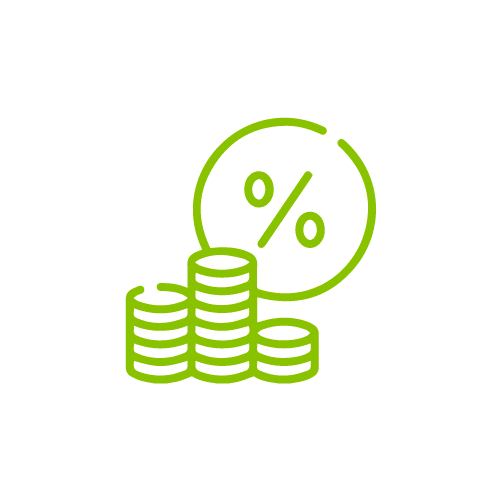
Step 6
Receive your financial compensation
Step 1: Submit your request online
Requests are closed.
Step 2: Analysis of my use of the area
- At the end of this work, you will receive by email a validation form of your retained attendance data. This form must be returned signed.
Step 3: Study my accounting data
Your economic dependence on the project area is the share of turnover that you usually achieve in the exclusion zones during the work period.
It is calculated by RICEP by combining your attendance data and your monthly turnover.
- To do this, you must provide your monthly and annual turnover for the period 2015 to 2020 (the most favorable year for the works phase will be retained).
- You will receive by email a validation form of your retained turnover figures to be returned signed.
Step 4: Calculation of the amount of compensation
It is calculated by RICEP, and corresponds to 60% of the best turnover (regulatory reference used in the fishing sector in the context of temporary shutdowns) achieved in the exclusion zones between 2015 and 2020.
Step 5: Signing a transactional protocol
This collaboration agreement will be sent to you by mail. It defines the amount of my compensation and the conditions associated with my compensation (commitment to respect fishing restrictions during the work).
- This document must be returned signed and accompanied by the documents necessary for payment of my compensation (RIB and Kbis).
Step 6: Receive your financial compensation
Annual payment of compensation relating to future work within 45 days after receipt of the transactional protocol duly completed and signed by the parties.

